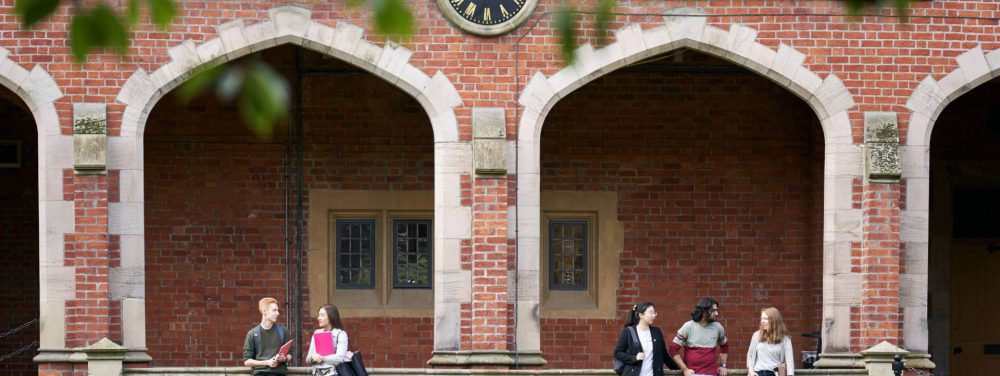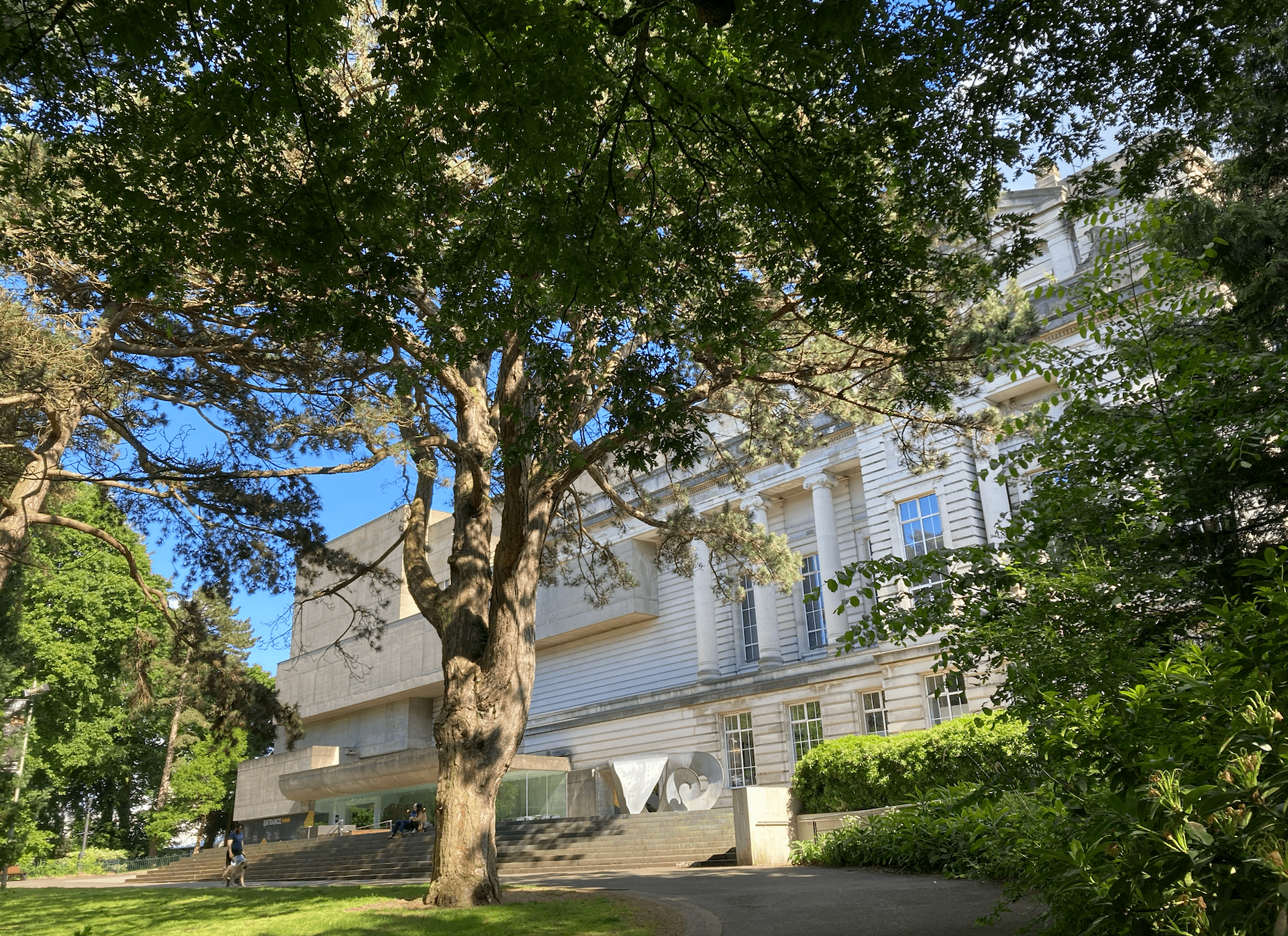
Hello from Belfast! It is the fourth full day (June 12th) of our first week here, and amongst the exciting events of the Book Festival, I decided to take a detour for a trip to the Ulster Museum. Nestled on the edge of the Botanic Gardens and park, the grand building is a mix of modern glass walls and imposing stone carved architecture. As a general rule, I choose to explore local museums in any destination I visit as a window into the culture and history of the area. With our trip’s focus being on Northern Ireland’s literary tradition, interwoven with political and cultural history, the museum is an ideal place to explore the intersection of all of these topics!
Museum Offerings
Once inside, you are greeted by a large, airy atrium, with rooms centered around in a spiral, gradually moving you up the five floors of exhibits. Unlike any museum I have explored before, you are taken on a journey through the history of settlement in Ireland in reverse order, beginning with “The Troubles and Beyond”. This sensitive, comprehensive exhibit thoroughly explores the major timeline of events (from political, to cultural, and geographical) across the entirety of the Irish island. With scores of printed media, artworks, physical artifacts, and audio visual components to help the visitor fully grasp the story being relayed, this exhibit is absolutely a must-visit. I was especially struck by the peaceful group movements established throughout the Troubles in an attempt to unify marginalized Irish people across the island, such as women’s groups, pacifist groups, and (especially relevant in Pride month), LGBTQ+ groups.
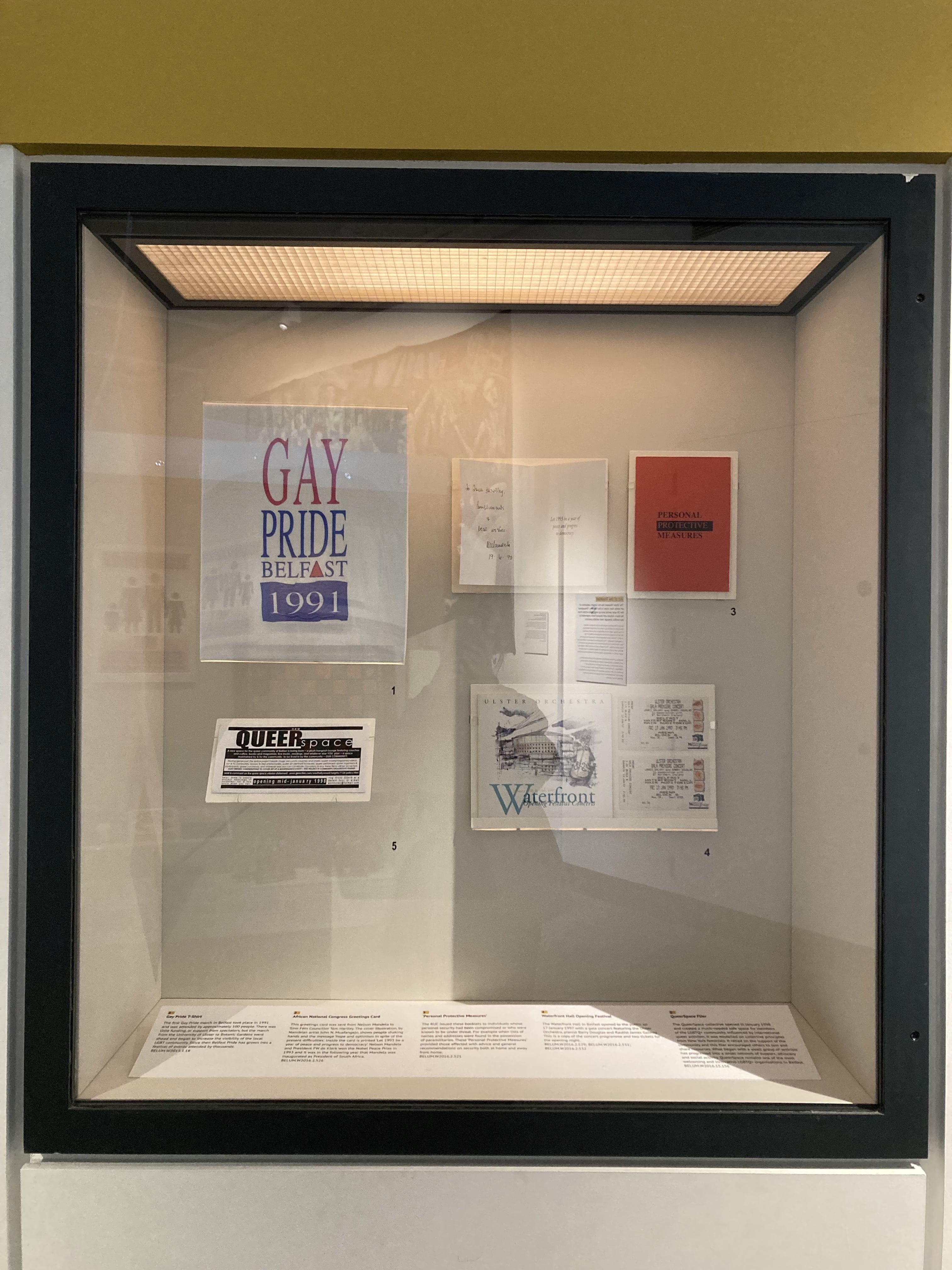
This case in “The Troubles and Beyond” details several LGBTQ+ spaces, events, and organizations developed or started either within, or shortly thereafter, the Troubles. Belfast’s first Gay Pride event, attended by just over a hundred people, was held in 1991.
After this exhibit, you begin to follow a backwards path through history, first exploring early twentieth century Belfast, eventually making it all the way to the beginnings of civilization in Ireland. Each room displays the history occurring within specific bubbles of time, with a notable emphasis on explaining how the diverse array of artifacts came to be held in the museum. There is a particular focus on reflecting the voices of Northern Ireland: many first person stories are featured either in audio or video formats, allowing you to hear retellings of events, stories, and anecdotes from a vast array of the region’s inhabitants. I found this to be especially poignant within the Troubles exhibit, as you could clearly hear the raw emotions of the conflict in the voices of those who lived it.
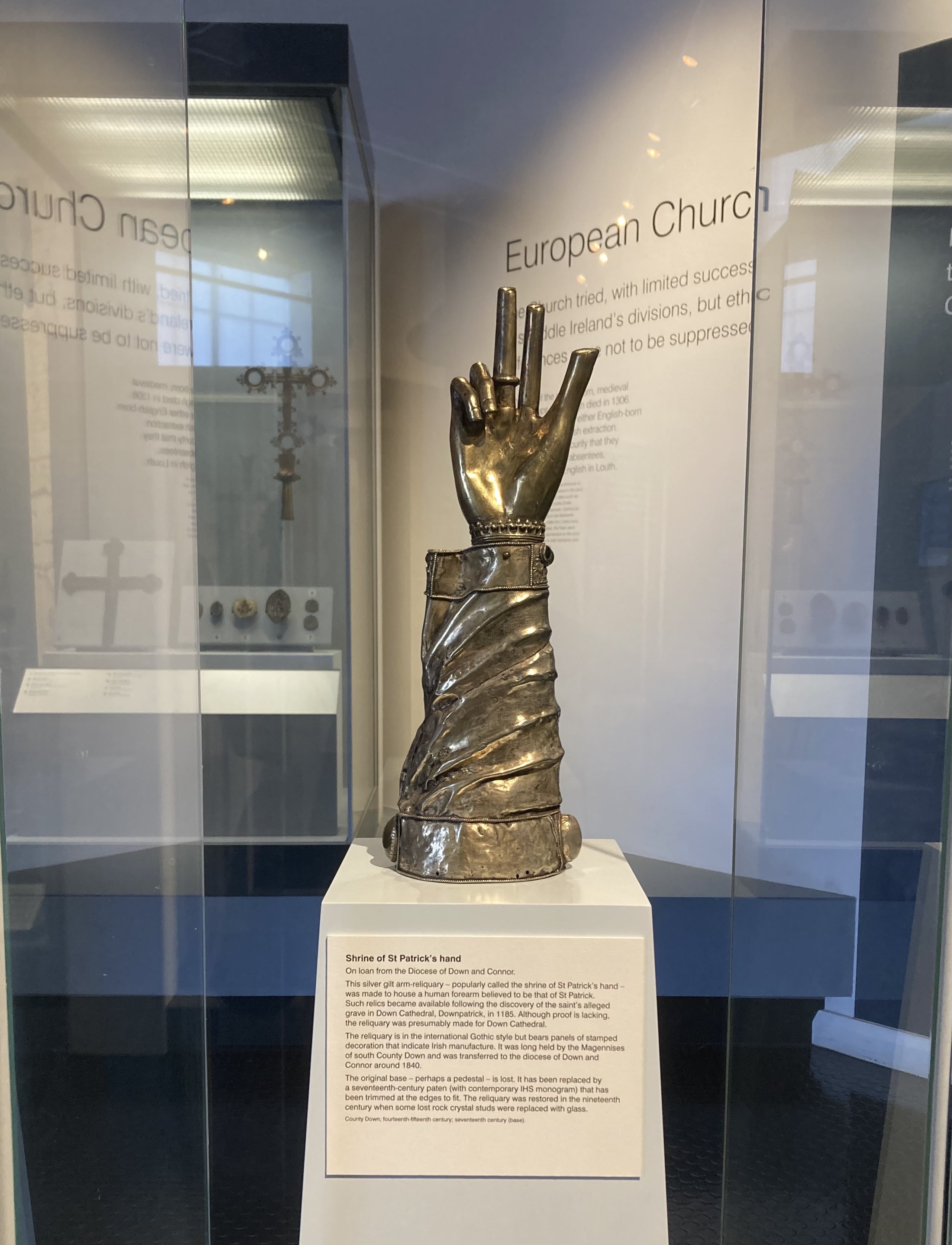
As you arrive on the third and fourth levels, you are greeted with strikingly colorful and busy displays of natural history, from chemistry and climate science, to the nature and biology of Ireland as a whole. I absolutely marveled at the variety of preserved specimens (check out the extinct thylacine in the glass case by the stairs)! Finally, as you move to the fifth floor, you reach the museum’s collection of fine art, with representations from many Irish artists and creators, such as the painter John Lavery. Currently on display on this floor are several paintings by the famed Italian painter Caravaggio, which are quite morbidly grand in person. As the museum holds such a wide variety of artifacts, representing a huge range of cultures from Ireland and beyond, I would suggest all who visit the city explore it: I can guarantee there will be something that piques your interest.
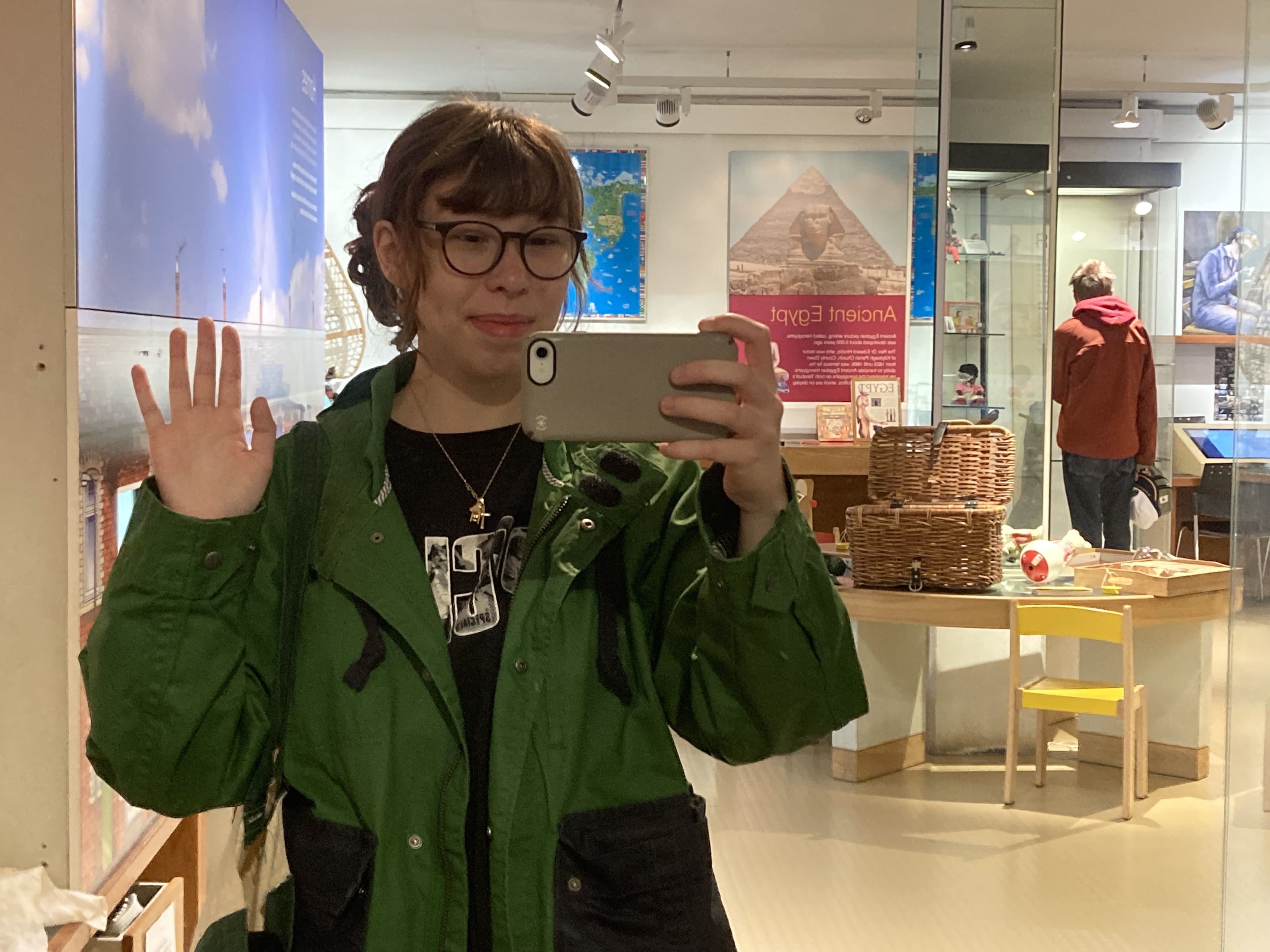
In visiting the museum, I felt that I was able to gain deeper insight into the key theme of our trip: understanding the history and culture of Northern Ireland. You can truly experience the rich, varied story of the region, in a thoughtfully, purposefully curated environment, allowing you to learn, play, and think carefully about what you see. I have already returned since my initial visit, as there is so much to take in (especially if you, like me, are a big museum fan, who feels the need to read every placard), and foresee myself returning again, to enjoy a lovely cup of tea and take in the culture even more!
